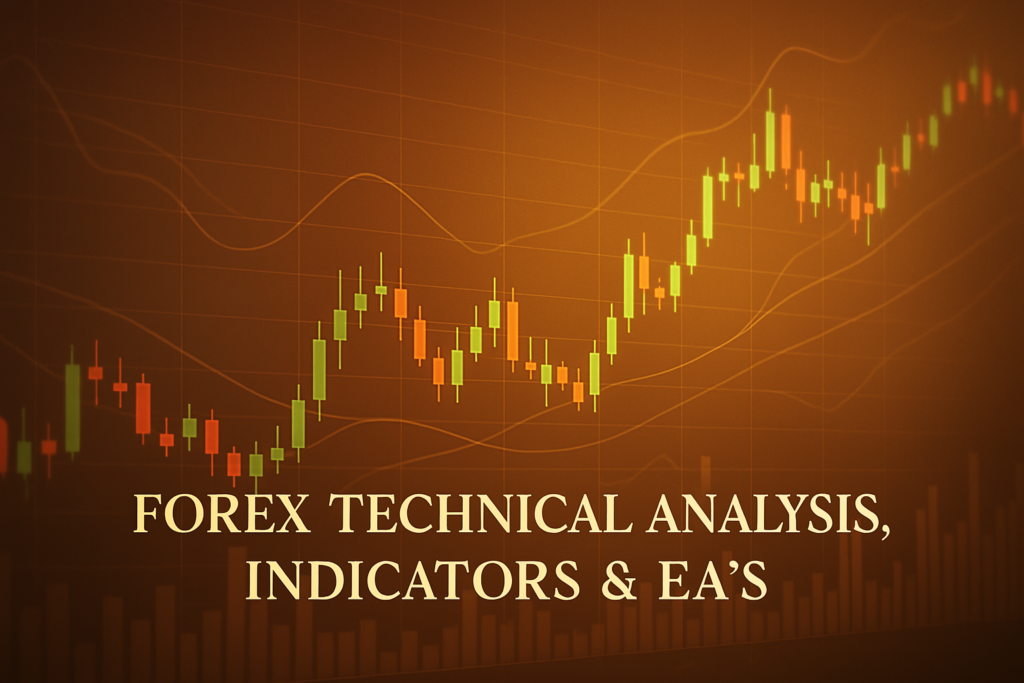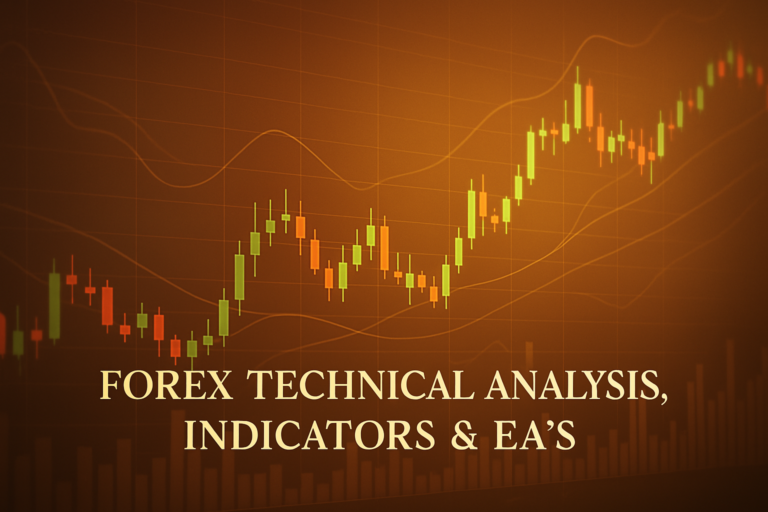
Moving average for intraday trading is a key tool for Forex traders to identify trends and make informed decisions in the market.
Have you ever heard of a moving average for intraday trading? It’s a tool that helps traders make sense of the chaos in the Forex market. Imagine you’re looking at a chart full of zigzag lines and swirls. A moving average smooths out those lines, making it easier to see the trends. It’s like putting on a pair of glasses that help you focus on what really matters in the market.
But here’s the catch—many traders, both beginners and seasoned pros, often struggle with moving averages. They might not know how to use them effectively or how they fit into their trading strategies. This can lead to missed opportunities and costly mistakes. Understanding and applying moving averages effectively is crucial for anyone looking to succeed in Forex trading.
In this article, we’ll explore what a moving average for intraday trading is, its history, advantages, and disadvantages. We’ll also dive into practical strategies you can use with moving averages, whether you’re just starting or looking to refine your approach.
Have you heard of mfi trading? It’s another helpful tool in a trader’s toolbox.
What is a Moving Average for Intraday Trading?
A moving average for intraday trading is a calculation that helps traders understand price trends over time. Think of it as taking the average price of a currency pair over a specific period. For example, if you look at the last 10 minutes of price data, the moving average takes those prices, adds them up, and divides by 10. This gives you a single value that represents that time frame.
Types of Moving Averages for Intraday Trading
There are several types of moving averages, but the most common ones are:
- Simple Moving Average (SMA): This is the basic type that takes an average of prices over a set period.
- Exponential Moving Average (EMA): This one gives more weight to recent prices, making it more responsive to changes.
- Weighted Moving Average (WMA): This calculates the average but gives different weights to each price.
How Moving Averages for Intraday Trading Smooth Out Price Action
When you apply a moving average to a price chart, it creates a smooth line that follows the price movements. This line helps you see whether the price is generally going up or down. For instance, if the price is above the moving average, it can signal a bullish trend, while being below may indicate a bearish trend. It filters out the noise of daily price fluctuations, allowing traders to focus on the bigger picture.
Common Periods Used and Why
Traders commonly use periods like 5, 10, 20, 50, or 200. Shorter periods, like 5 or 10, are great for capturing quick movements in intraday trading. Longer periods, like 50 or 200, help in identifying overall trends. For example, if you’re day trading, a 5-minute moving average might be your best friend, while swing traders might lean towards a 20 or 50-minute average.
The History of Moving Average for Intraday Trading: How It Became Popular
Origin of Moving Average for Intraday Trading
The concept of moving averages dates back to the early 1900s. It was developed as a way to analyze market trends and predict future price movements. Traders began to realize that averaging prices over time could help them make better decisions.
When Did Traders Start Using It Widely?
Moving averages gained popularity during the late 20th century as technology advanced. With the rise of computers and trading software, traders could easily calculate and visualize moving averages on charts. This made them a staple in many trading strategies.
Real-Life Stories
There are countless stories of traders who found success using moving averages. For instance, a professional trader named Sarah used a simple moving average crossover strategy. She bought when the short-term average crossed above the long-term average and sold when it crossed below. This method helped her grow her account significantly over a few months.
Advantages and Disadvantages of Moving Average for Intraday Trading
Advantages:
Using a moving average for intraday trading has several benefits:
- Helps Identify Trends Easily: A moving average can quickly show if a trend is up or down.
- Useful for Dynamic Support and Resistance: Many traders use moving averages as levels to watch for potential reversals.
- Works Well for Crossover Strategies: Traders often look for signals when different moving averages cross each other.
Disadvantages:
However, there are some downsides:
- lags behind price movements: Moving averages are based on past prices, which can delay signals.
- Can Give False Signals in Sideways Markets: In a ranging market, moving averages might lead to confusion.
How to Apply Moving Average for Intraday Trading on MT4 & MT5
Step-by-Step Guide to Adding Moving Average for Intraday Trading on Charts
To get started, open your MT4 or MT5 platform. Click on “Insert” in the menu, then hover over “Indicators,” and select “Trend” followed by “Moving Average.” This will add the moving average line to your chart.
Customizing Moving Average for Intraday Trading Settings
You can customize your moving average settings by right-clicking on the line and selecting “Properties.” Here, you can choose the type of moving average, the period, and change the color to make it more visible.
Saving Templates for Easy Application
If you’ve set up a moving average and want to use it again, right-click on the chart, select “Template,” and then “Save Template.” This way, you can quickly apply the same settings to future charts.
5 to 7 Trading Strategies Using Only Moving Average for Intraday Trading
All Time Frame Strategy M5 to D1
This strategy works on various time frames. Buy when the price crosses above the moving average and sell when it crosses below. For example, if you’re on a 15-minute chart, wait for a clear crossover before entering a trade.
Trending Strategies
In a strong trend, you can use a moving average to enter trades in the direction of the trend. If the price is above the 50-period moving average, look for buy signals. For instance, if a currency pair is trending up, enter a buy trade when the price pulls back to the moving average.
Counter Trade Strategies
If you see the price hitting the moving average and showing signs of reversal, consider placing a trade in the opposite direction. For example, if the price hits the 20-period moving average and shows a bearish candlestick, it might be a good time to sell.
Swing Trades Strategies
For swing traders, using a longer moving average like the 200-period can help identify overall trends. Enter a buy when the price bounces off the 200-period moving average during an uptrend, or sell when it bounces down in a downtrend.
5 to 7 Trading Strategies Combining Moving Average for Intraday Trading with Other Indicators
All Time Frame Strategy M5 to D1
Combine moving averages with RSI (Relative Strength Index) for better signals. Buy when the RSI is below 30, indicating oversold conditions, and crosses above the moving average. For example, if an M5 chart shows a price crossover and RSI turning up, consider entering a buy trade.
Trending Strategies
Using moving averages with MACD (Moving Average Convergence Divergence) can enhance trend-following strategies. If the price is above the 50-period moving average and MACD crosses above the signal line, that’s a strong buy signal.
Counter Trade Strategies
Pair moving averages with Bollinger Bands. If the price touches the upper band and the moving average is trending down, consider selling. This combination can help traders spot potential reversals effectively.
Swing Trades Strategies
Integrating moving averages with Fibonacci retracements is powerful. If the price retraces to the 38.2% level and is near a moving average, it can serve as a great entry point for a buy trade.
If you’re interested in currency pairs, check out our USDCHF forex analysis for insights.
Top 10 FAQs About Moving Average for Intraday Trading
1. What is a moving average?
A moving average is a calculation that averages prices over a specific time period, helping to smooth out price action.
2. How do you use moving averages in trading?
Traders use moving averages to identify trends, support, and resistance levels, and generate buy or sell signals.
3. What is the difference between SMA and EMA?
The Simple Moving Average (SMA) gives equal weight to all prices, while the Exponential Moving Average (EMA) gives more weight to recent prices.
4. Can moving averages predict future prices?
Moving averages do not predict future prices but help traders identify trends based on past price movements.
5. What is a crossover strategy?
A crossover strategy involves buying when a short-term moving average crosses above a long-term moving average and selling when it crosses below.
6. Are moving averages effective in all market conditions?
Moving averages can be less effective in sideways markets, as they may generate false signals.
7. How can I customize my moving average?
You can customize the type, period, and color of your moving average in trading platforms like MT4 and MT5.
8. What periods are best for day trading?
Shorter periods like 5, 10, or 20 are often best for day trading, while longer periods like 50 or 200 can be used for swing trading.
9. Can I combine moving averages with other indicators?
Yes, combining moving averages with other indicators like RSI or MACD can provide better trading signals.
10. Should I use moving averages alone?
While moving averages are useful, it’s best to use them alongside other indicators to confirm signals and reduce risks.
Conclusion
In summary, understanding the moving average for intraday trading can significantly improve your Forex trading experience. It helps you see trends clearly, make informed decisions, and implement effective strategies. Remember to test different moving average settings and strategies in a demo account before risking real money. The more you practice, the more confident you’ll become!
So, are you ready to dive into the world of moving averages for intraday trading? Start experimenting with them today, and watch how they can elevate your trading game!
Looking to stay informed on forex trends? This resource breaks it down well FRED (St. Louis Fed), Zacks
Expand Your Knowledge
- 📌 Forex Trading Learning Road Map
- 📌 Forex Trading Course with no Fees
- 📌 Forex Trading Issues, Problems, and Solutions
- 📌 Forex Daily Forecast & Live Updates
- 📌 Forex Fundamental & News Analysis: Tomorrow’s Market Movers & Trade Opportunities
- 📌 Forex Education Hub: Learn & Profit
- 📌 Forex Technical Analysis, Indicators & EA’s
Start Trading Today
Ready to take your forex trading to the next level? Open an account with Exness, one of the most trusted platforms in the industry. 👉 Sign Up Now and trade with confidence!
My recommended broker stands out with ultra-low spreads for beginners, instant withdrawals, and zero spread accounts for pro traders.
Trusted since 2008, lightning-fast execution, no hidden fees, and a secure, transparent trading environment—giving you the edge you need to succeed. 🚀
YouTube Video Library: Related Videos
Note: The video above is embedded from YouTube and is the property of its original creator. We do not own or take responsibility for the content or opinions expressed in the video.


